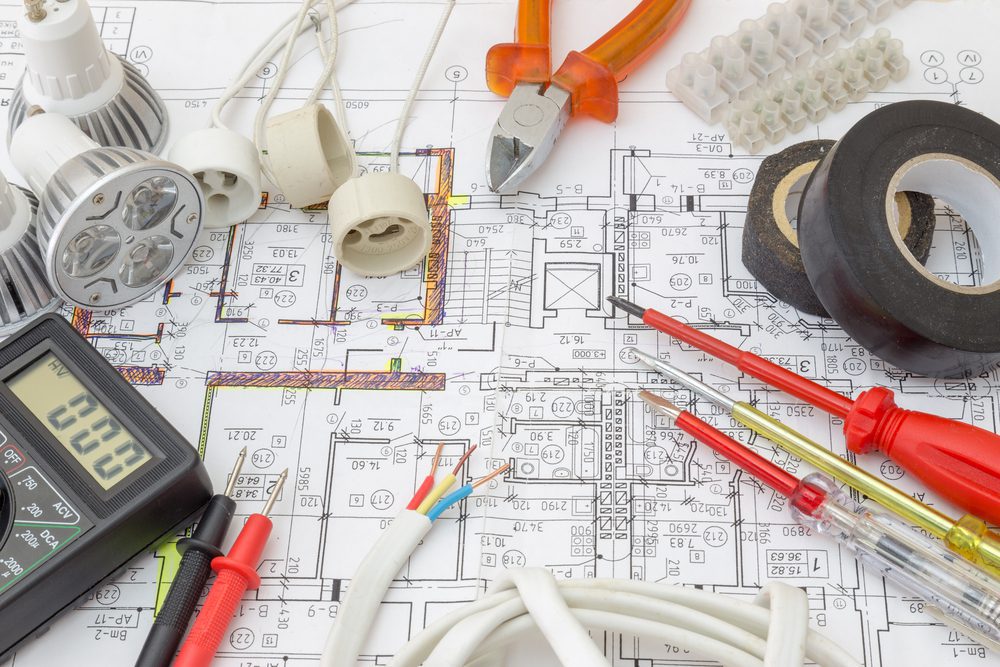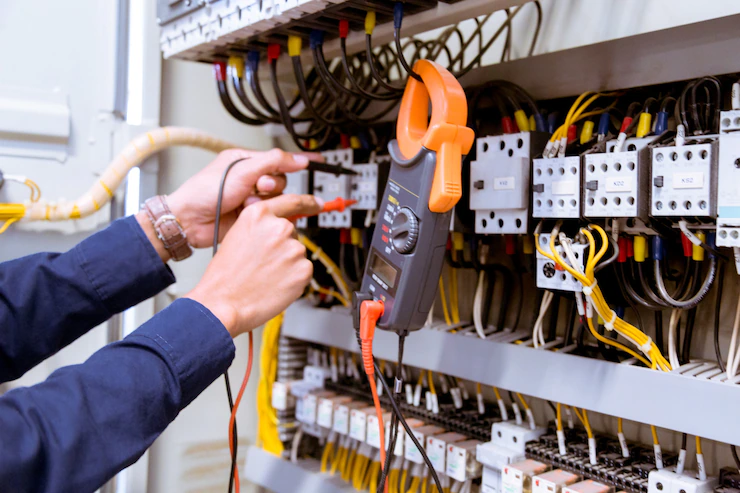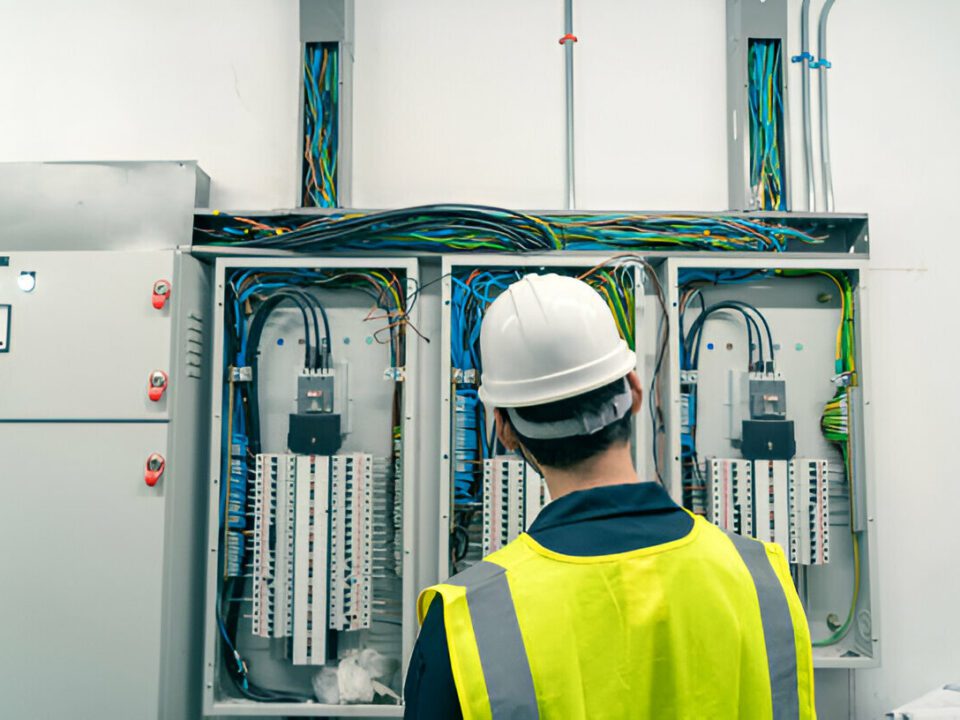The Role of Electrical Contractors in the Industry
Electrical contractors specialize in the installation, maintenance, and repair of electrical systems in residential, commercial, and industrial settings. They work on projects ranging from wiring new buildings to upgrading electrical grids, ensuring that power systems are safe, efficient, and up to code.
Key Challenges Faced by Electrical Contractors:
- High Material Costs: The price of electrical components, wiring, and fixtures fluctuates, affecting profitability.
- Inconsistent Work Opportunities: Many contractors struggle with periods of low demand between projects.
- Competitive Market: With many firms competing for the same jobs, differentiation becomes essential.
- Regulatory Compliance: Keeping up with electrical codes and safety regulations requires continuous training.
By forming partnerships with service providers and industry stakeholders, electrical contractors can overcome these challenges and unlock new opportunities.






